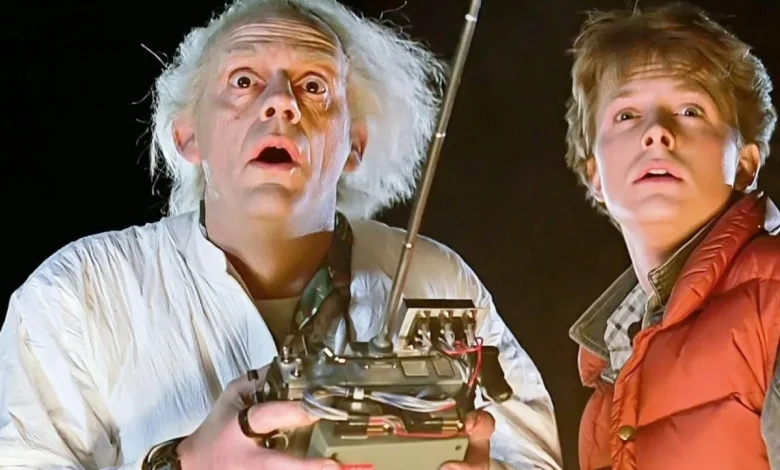Forty Years Later, Michael J. Fox Finally Reveals the Most Egregious Mistake in Back to the Future

Michael J. Fox says Back to the Future’s most egregious mistake has been hiding in your favorite scene all along. Think it’s the time travel? Think again.
As the classic turns 40, Michael J. Fox addresses the goof that has kept gearheads buzzing since Marty McFly tore up the floor at the Enchantment Under the Sea dance. In his memoir Future Boy, he points to the gleaming Gibson ES-345 in his hands and notes it did not exist in 1955. The choice, he says, was about channeling Chuck Berry more than clocking model years. For Fox, it is a simple prop slip, not a hidden wink, and he still calls Gibsons beautiful.
A revelation 40 years in the making
It’s been 40 years since Back to the Future zoomed onto screens, cementing Michael J. Fox’s place in cinematic history. While audiences continue to adore the film’s charm and wit, a newfound perspective from Fox himself has brought a curious behind-the-scenes detail to light. At the heart of it lies a single guitar, a Gibson ES-345, played by Marty McFly during a pivotal scene set in the ’50s.
The context behind the confession
This unexpected revelation emerged from Michael J. Fox’s memoir Future Boy, released last October. The actor reflects on his career-defining roles as both Marty McFly and Alex Keaton, sharing unfiltered anecdotes about the highs, lows, and quirks of working on Back to the Future. Among these stories, Fox devotes time to unpacking the memorable Enchantment Under the Sea dance and the prop that has quietly sparked intrigue for decades: that surprisingly modern guitar.
A guitar ahead of its time
So, what’s the issue? The Gibson ES-345 guitar McFly strums during his electrifying performance wasn’t introduced until 1958, yet the scene takes place in 1955. For fans with a keen eye for detail, this anachronism sticks out as a notable error in an otherwise meticulously crafted story. Fox, however, has a simple explanation: the guitar was chosen for its visual appeal and stylistic nod to icons like Chuck Berry, rather than its historical accuracy.
In his memoir, Fox acknowledges the oversight, but he sees it as a footnote rather than a major blunder. “It’s an error,” he admits, “but one we didn’t agonize over at the time.” He adds, with a wry sense of humor, that this mistake tends to captivate guitar enthusiasts most, who feel deeply connected to the instrument’s legacy.
More than a detail, a sentiment
Far from being embarrassed by the inaccuracy, Fox embraces the beauty of the Gibson guitars, emphasizing their timeless appeal, regardless of the dates on their histories. He even laughs off fan theories that may try to spin the guitar’s appearance into a secret plot detail or a deliberate Easter egg. For him, it all boils down to the joy of storytelling, mistakes and all.
Fox’s reflections also serve as a reminder of the collaborative chaos behind making a beloved film. From casting shake-ups to overlooked props, Back to the Future remains as layered with stories off-screen as it is on-screen. Yet, what makes it enduring is its ability to draw us back, 40 years later, not only to revisit its time-traveling adventures but also to uncover new details, like a misplaced guitar, that give it even more character.





